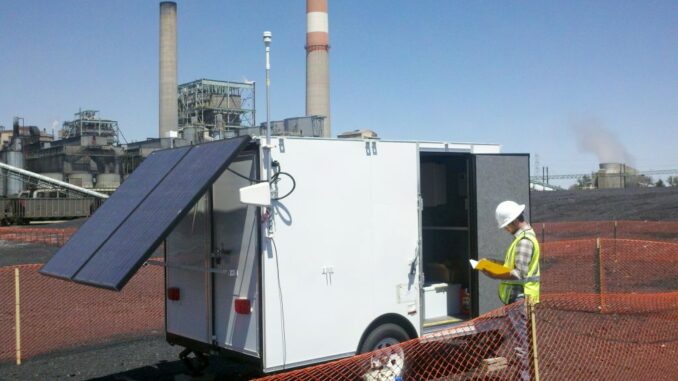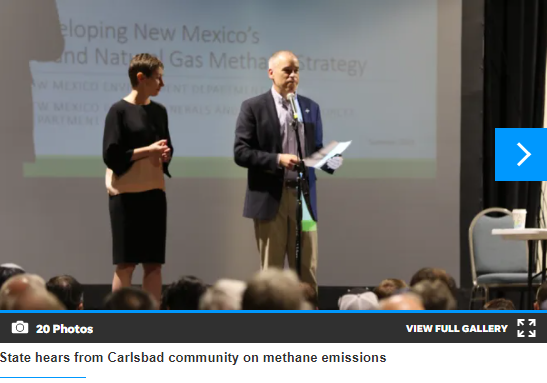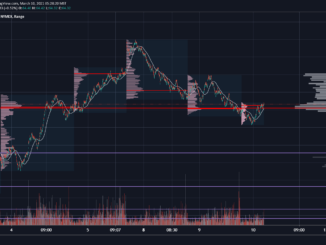
New Mexico’s air will be cleaner and free of more ozone — equivalent to taking 8 million cars off the road, according to some estimates — if new requirements from the state’s Environment Department go into effect next year.
The NMED on Thursday announced it was removing exemptions from its proposed ozone rules for low-performing or stripper wells after calls from environmental groups that such “loopholes” would exempt most oil and gas wells in New Mexico.
The rules required operators conduct leak detection at least monthly and repair most leaks within 15 days while maintaining records of compliance.
Emission reduction requirements would also be established for equipment like storage vessels, compressors, turbines. heaters, engines, pneumatic devices, produced water management facilities and others.
It also adds similar requirements to processes like well work overs, liquid unloading and pig launching.
Operators must also report all emissions from their facilities, and have them certified by a professional engineer
NMED also planned to increase its monitoring of oil and gas emissions, using new tactics such as flyovers via aircraft of oil and gas sites, monitoring from ground vehicles and the use of forward-looking infrared (FLIR) cameras.
The rules were filed by NMED to the New Mexico Environment Improvement Board which will vote on adopting the rules later this fall.
NMED Cabinet Secretary James Kenney said he expected the rules would go into effect in spring 2022.
It’s important to NMED to address ozone pollution, Kenney said, for the sake of public health and the environment. The process to do so began in 2019 in response to an executive order from Gov. Michelle Lujan Grisham that state departments find ways to reduce greenhouse gas emissions and impacts on climate change.
The department’s rules were meant as a companion to regulations enacted earlier this year by the Oil Conservation Division — an arm of the Energy, Minerals and Natural Resources Department — focusing on the waste of methane and volatile organic compounds (VOCs) like benzene, known as precursors to ozone, by oil and gas operators through leaks and other emissions.
Ozone is formed when air pollutants like methane or VOCs interact with sunlight.
Carlsbad and Hobbs in southeast New Mexico and areas in northwest region of the state — both known for heavy oil and gas activities — have elevated ozone levels. Carlsbad had 79 parts per billion (ppb) while Hobbs had 71 ppb based on a three-year average.
The National Ambient Air Quality Standard (NAAQS) calls for 70 ppb or less.
The rules would apply to counties with high levels of ozone pollution: Chaves, Doña Ana, Eddy, Lea, Rio Arriba, Sandoval, San Juan and Valencia counties.
The areas where the rules would apply incorporate about 38 percent of the state’s population, per NMED.




